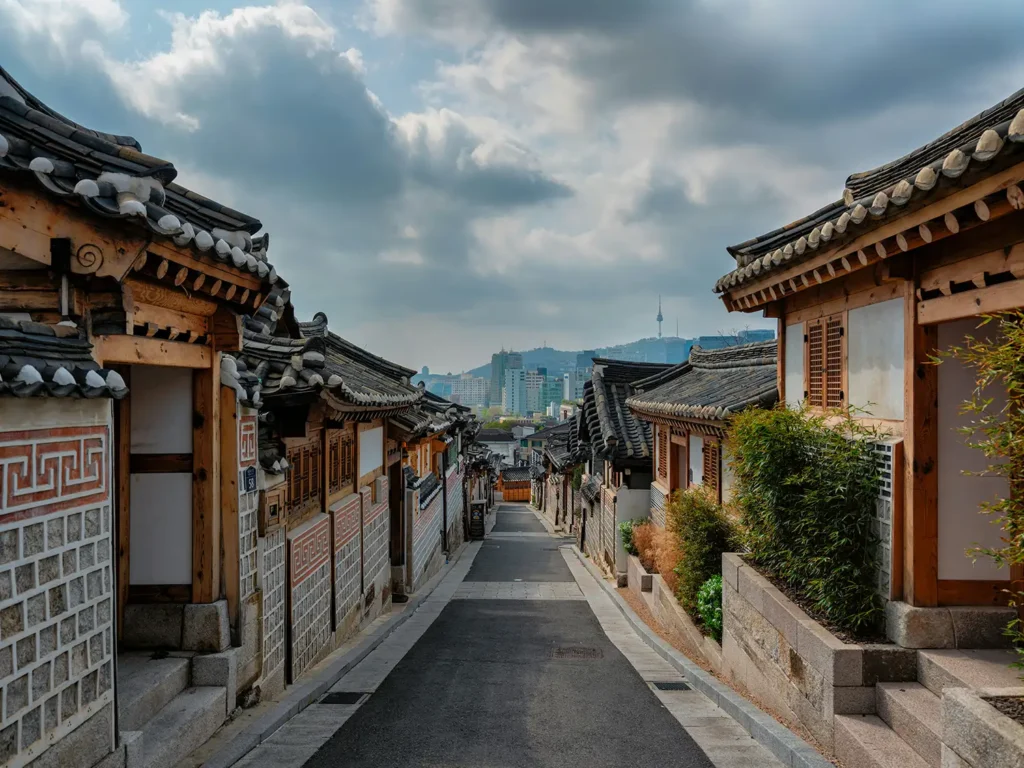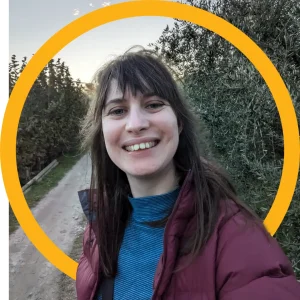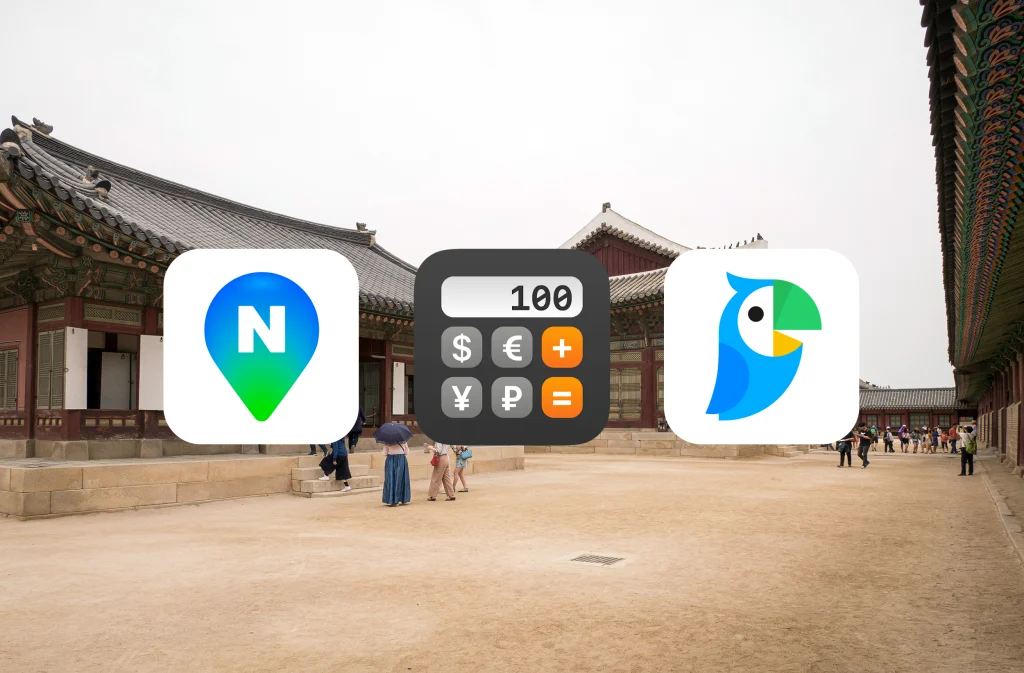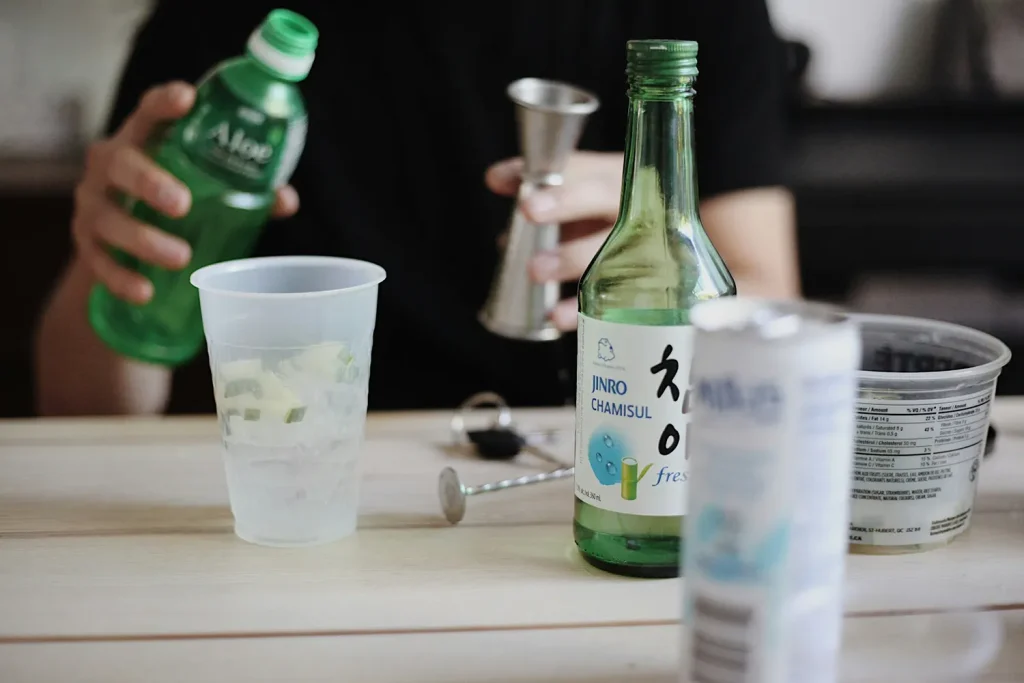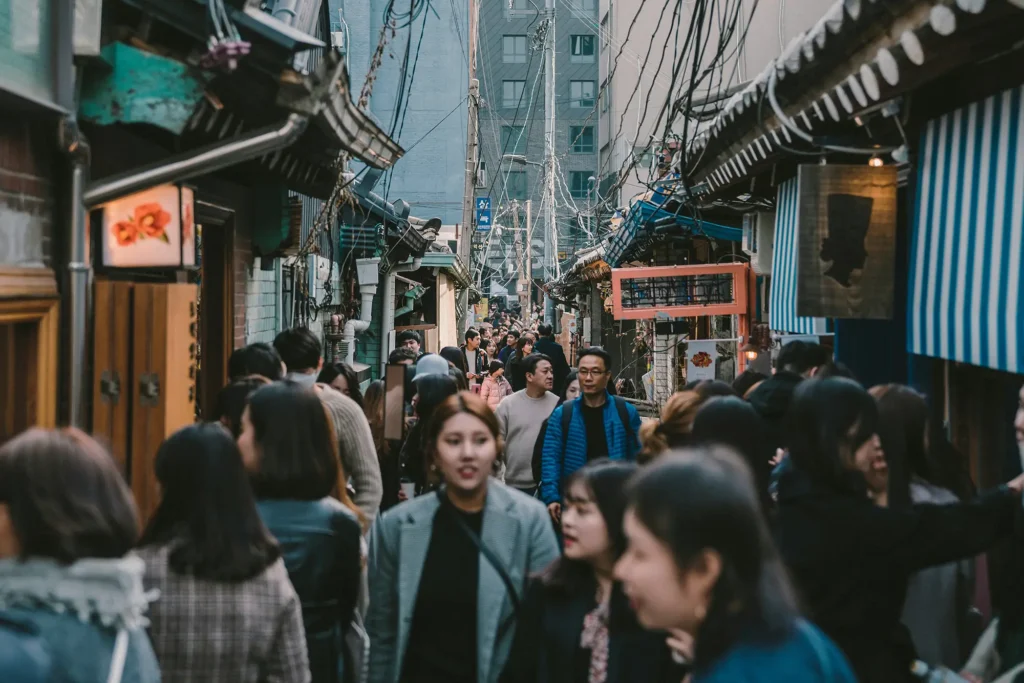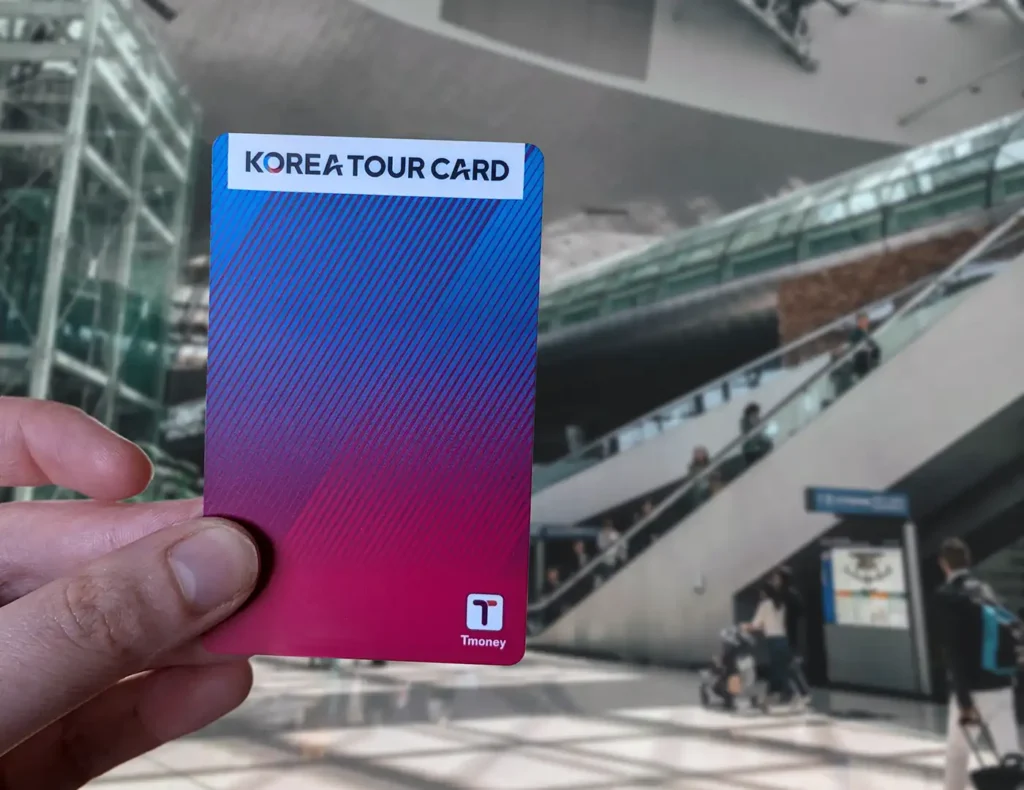During our trip, we found that some locals didn’t anticipate for tourists to know their language and noticeably appreciated us using even a simple greeting in Korean. Remember, polite manners and a friendly smile goes a long way!
What languages do they speak in Korea?
The primary and official language of South Korea is Korean. English is also a common second language.
We found that Seoul locals who work in service industries such as hotels, restaurants, and attractions, had a basic understanding of English. You will also typically find that younger generations are more familiar with English than older generations.
Tip: even if you can hear someone speaking to another tourist in English, always greet them in Korean.
Are signs in South Korea in English?
Throughout Seoul, the majority of signage we encountered in tourist spots, on public transport, and in commercial areas was written in both Korean and English.
It’s important to note, that this was our experience in Seoul and the further you venture from these more populated and touristy areas, the more communication challenges you will encounter.
How to learn some Korean before you arrive
While many people turn to Duolingo, my partner tried this and found it less ideal for travellers. The app focuses on a significant amount of terminology that isn’t directly relevant to everyday life.
Here’s how we familiarised ourselves with some everyday words:
1. Videos to help learn Korean words
The best way to ensure you’re using the language correctly is to listen to people speak it. Watching YouTube videos is a free and convenient way to do this.
Here are a couple of videos we found useful, I’d recommend giving them a watch:
2. Break the words down into sounds
Although everyone learns differently, we found the best way to practise Korean words was to break them down into sounds or words that you’re familiar with in English. I have included the phonetic breakdowns that I found easier to learn from in the word list below (Disclaimer: I’m Australian so the way I pronounce certain letters/sounds may be different).
3. Practice, Practice, Practice
When learning a new language, repetition is what works best for most people. Quiz yourself by repeating words at points throughout the day – say them out loud to yourself in the shower or while driving.
If you’re travelling with a friend or partner, find opportunities to test each other. My partner and I quizzed each other nightly when we went to bed and were soon able to say these words without prompts.
5 essential Korean phrases for tourists
Here are the five essential words we picked up before our trip to South Korea, which proved incredibly useful during our visit. I’ve also provided phonetic breakdowns that I personally found helpful for learning and remembering these words. Please note that these breakdowns are merely a guide, as I’m not an expert.
Hello
안녕하세요
Pronunciation: An-nyeong-ha-se-yo
An easier breakdown I initially used: un-young-has-e-o
Thank You
감사합니다
Pronunciation: Kam-sa-ham-ni-da
An easier breakdown I initially used: carm-sum-ne-da
We used this word in place of saying Goodbye at shops and restaurants, to thank them for their service.
Please
주세요
Pronunciation: Ju-se-yo
Yes
예
Pronunciation: ye
(Remember to nod your head as you say it – this is a universal way of indicating ‘yes’)
No
아니요
Pronunciation: A-ni-yo
An easier breakdown I initially used: un-e-o
(Remember to shake your head as you say it – this is a universal way of indicating ‘no’)
Understanding the Korean Etiquette
Along with learning greetings, it’s also important to understand the basics of Korean etiquette and manners to ensure you’re being respectful during your visit. Here are 4 customs to practice:
- When giving or receiving objects, use both hands
- Bow or head nod when greeting
- Remove your shoes when entering a residence, temple, or guesthouse
- Ensure you keep quiet when on public transport
Translation Apps are a must in South Korea
We found using a translation app extremely useful during our trip, from translating menus to reading plaques at temples and exhibitions.
We used Google Translate and highly recommend it. It’s user-friendly, and the best part – it’s free!
